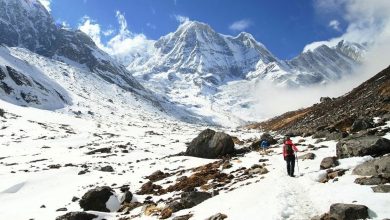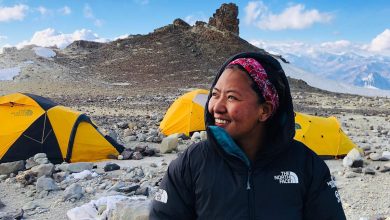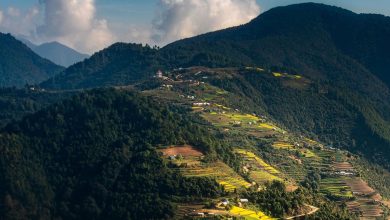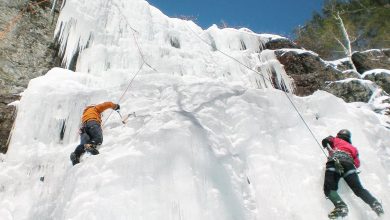Capital Of Nepal: Everything You Need To Know About Kathmandu
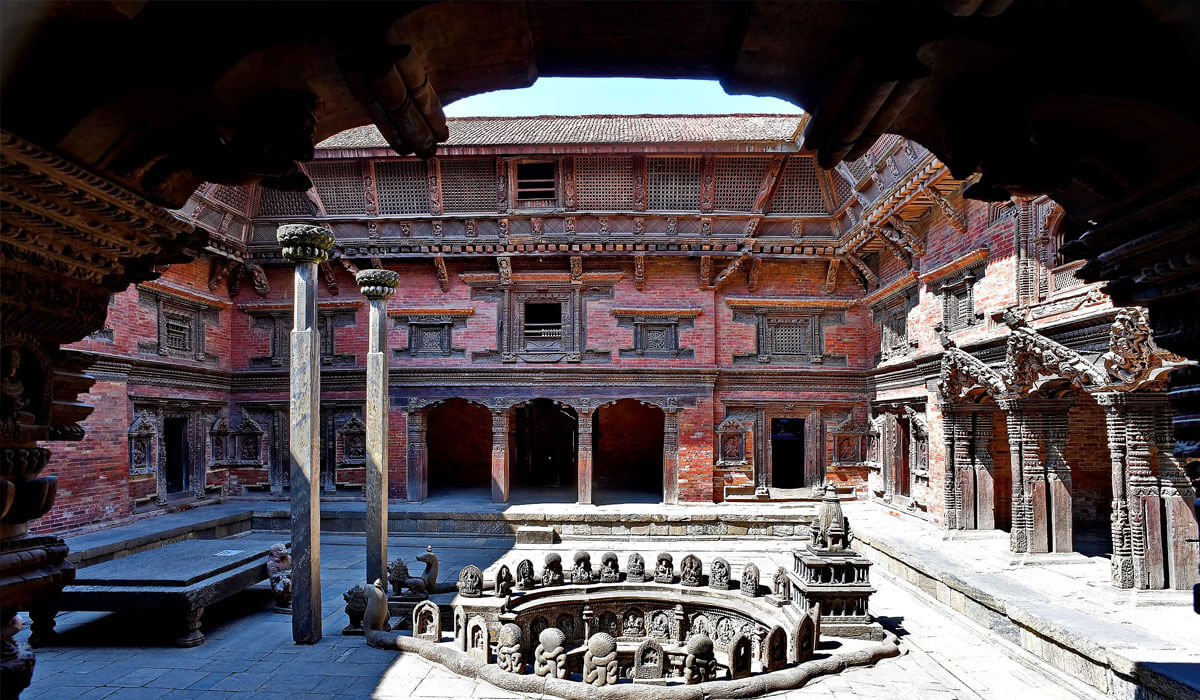
Kathmandu is the capital city of Nepal. The city is full of charm and chaos, and it has almost always been that way since the earliest. While many places in Nepal were not developed and familiar with urbanization, it was Kathmandu that saw the earliest development in the country. This has much to do with the monarchy of the Rana and Shah rulers that started a few hundred years ago and lasted till the past decade. Once known as Kantipur, the old city is now recognized as Kathmandu. The city got its name, Kathmandu, given the fact that there is plenty of architecture that is made of wood there.
The capital city of Nepal really has a lot of interesting stuff related to it, and in this article, we have written everything you need to know about it. Make sure to read till the end of this article!
History of Kathmandu- The Capital City of Nepal
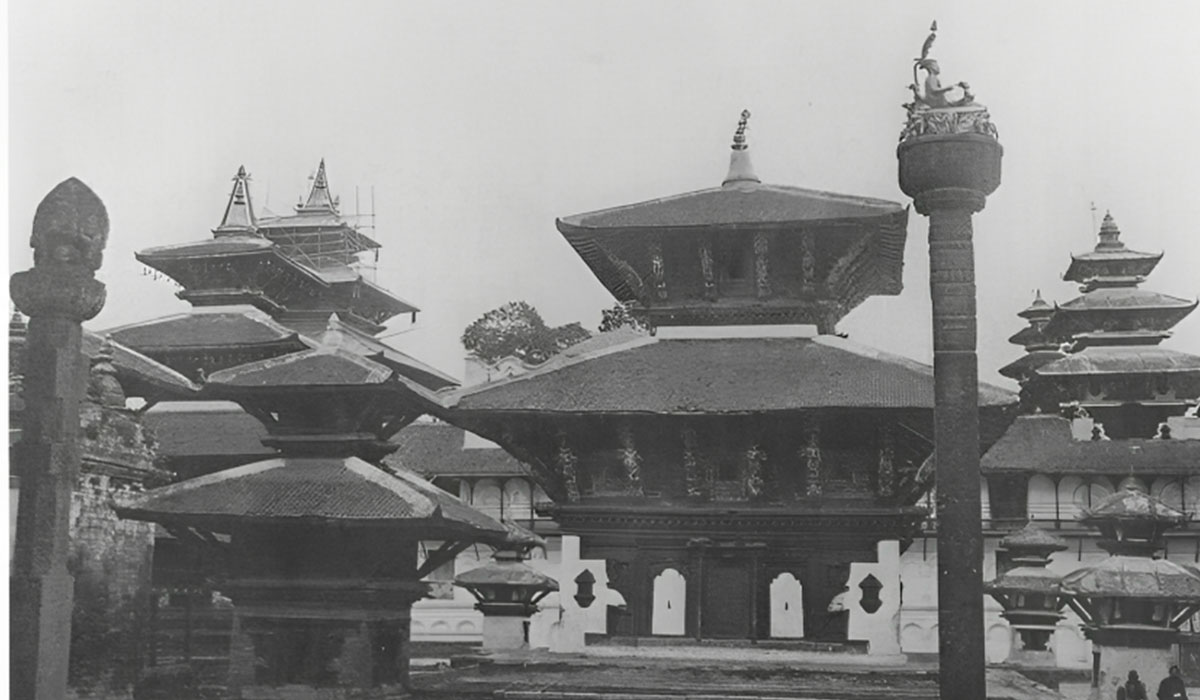
Kathmandu was merely a city before it was officially founded by Raja Gunakamadeva of the Malla Dynasty in 723. The Malla dynasty ruled Kathmandu from the twelfth to the seventeenth century. In 1768, the city became the base for the rule of the Gurkha dynasty. Eventually, the Rana rulers took hold of the capital city. The city was later succeeded by an Indian-sponsored king in 1951. A lot of dramatic events took place in Kathmandu in history, and many of these events are not talked about enough even today. While many people know about Kathmandu’s old name, Kantipur( Kanti is another name for Goddess Laxmi, and Pur means a place where the goddess resides), not many know about its very first name, Manju Patan. There is no evidence as to who may have named the city back in the day.
There is a myth that Kasthamandap, a cultural landmark in the city, was made through a single wooden tree by Raja Lachmina Singh in 1596. Hence, it got its name, wooden temple or Kathmandu, which translates to Kath, which means wood, and mandu, meaning temple.
Raja GunaKamadeva
Raja Gunakamadeva was a Thakuri ruler who ruled the Nepalese capital city from 949 to 994 CE. He is said to be the founder of the old city of Manju Patan, which was later named Kantipur and much later known as Kathmandu. Gunakamadeva also gets credits for introducing several festivals in Kathmandu, including Yenya and Lakhey Jatra. He is responsible for a lot of developmental works in the city in ancient times, including the renovation of Pashupatinath temple, Raktakali temple, Kankeshwari temple, and Panchalinga Bhairav temple. Raja Guru Kamadeva was known for his excellence in tantric rituals. He entered Shantipur in Swoyambhunath, which was enough to prove his skills in tantra.
Besides this, Guru Kamadeva was also the first one to introduce trading in Nepal and turn the rather agro-based nature of the city into an industrial city. The trading started with neighboring countries like India and China.
Malla Dynasty

The Malla Dynasty started when Arideva founded the kingdom during the twelfth century. The rulers who came later on belonged to the Raguvanshi dynasty. A lot many of these kings were also the descendants of the Lichhavi rulers in Nepal. The first use of the word “malla” was in 1201. The word refers to the wrestler. These kings introduced Nepali architecture in major cities of Nepal inside Kathmandu Valley. They also started an urban civilization of Newari people in the foothills of Nepal called Nepal Mandala.
Rana Rule
In Kathmandu, the Rana rulers ruled from 1846 to 1951. These rulers did not directly rule as kings but had a great deal of influence in the politics, education, and rules in Kathmandu. Since the Rana rulers went back and forth from the United Kingdom and several other countries to Nepal, they made sure to bring the architectural style of buildings and education to Nepal. There was a great sense of autocracy among the Rana rulers, and it was only much later that general people got the freedom to educate themselves.
End of Monarchy and Democracy in Nepal

Shah rulers ruled Kathmandu from the time of King Prithvi Narayan Shah of Gorkha to the time of King Gyanendra. There were several reforms made during their rule in Kathmandu. Shah rulers maintained good relationships with other countries and kingdoms. There was peace among Nepal and many other countries in the world due to the generous nature of the Shah rulers. While Nepal remained a developing country from the oldest of times, the Shah kings have put significant efforts into the development of Kathmandu. The monarchy in Nepal ended in 2008. Then, democracy gave freedom to the general public to choose. Though there have been several changes in Nepal after democracy, there is much to change in the political instability of the country.
Geography of The Nepalese Capital City Kathmandu

Kathmandu is a large valley in the high plateaus in central Nepal. The capital city is also at the intersection of the Bagmati River and the Bishnumati River. Similarly, it is surrounded by four mountains: Shivapuri, Phulchoki, Nagarjun, and Chandragiri. Kathmandu Valley covers a total area of 218 square miles. It is also a World Heritage Site. Besides Bagmati and Bishnumati, Tukucha and Dhobikhola are the other rivers that run through this city.
The climate of Kathmandu Valley is pretty moderate throughout the year. The months of January and February are the coldest, while there is a monsoon during June and August, heat from May to June, and spring from March to April. Autumn comes from October to November here.
The city is prone to earthquakes. Many cultural heritages, especially Buddhist and Hindu temples, had been destroyed by the earthquake of 2015.
Elevation of Kathmandu
The city lies at 1,400 meters (4,600 feet) of altitude above sea level. Kathmandu, though not the highest city in the world, is also one of the highest cities in the world. The highest point of Kathmandu is Nagarjun, at 2,825 meters. Nagarjuna is also one of the most popular destinations for trekkers in the city.
Architecture and Cityscape of Kathmandu
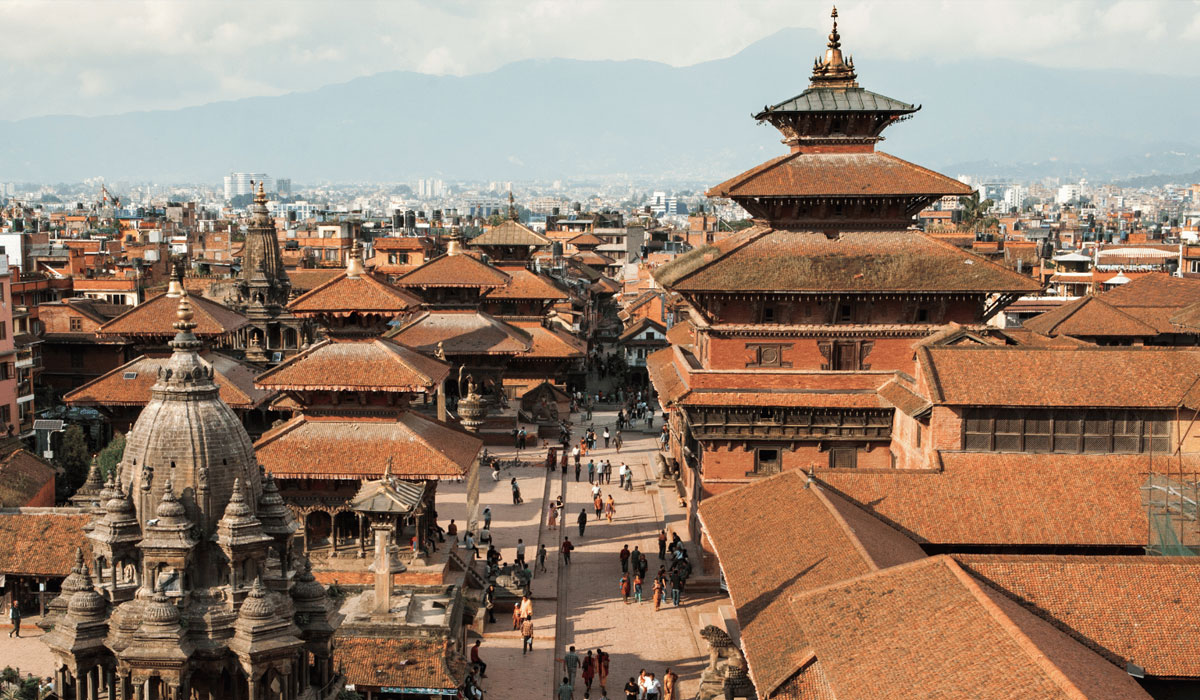
Kathmandu is best known as a medieval city in Nepal. Though urbanization has overtaken the city, the old essence of the architecture still remains to a great extent. There have been several reconstructions and rebuildings of the temples, palaces, and so on in Kathmandu. While a lot many buildings from the old times have been destroyed by earthquakes throughout the centuries, the city has always risen up with strategies to protect the old heritages.
Most of the temples are made out of timber and bricks; at the same time, there are several temples and statues in the city that are carved from stones. Despite the passage of time, a lot of these old architectural marvels have not lost their shape or make in any way. This, itself, shows the excellent craftsmanship of the ancient craftsmen and architects in Kathmandu Valley. It wouldn’t be wrong to say that Kathmandu is the city where the urban legacy of old Nepal resides. Seven monuments in Kathmandu have been listed among the World Heritage Site. Moreover, Nepalese capital city has also been described as the “Land of Gods” and as the “land of the largest congregations of magnificent historical monuments and shrines ever built.”
The cultural wealth of Kathmandu is comprised of all that the Malla dynasty left in the capital city. There are several buildings, temples, pagodas, stupas, palaces, and around 106 courtyards.
Durbar Square
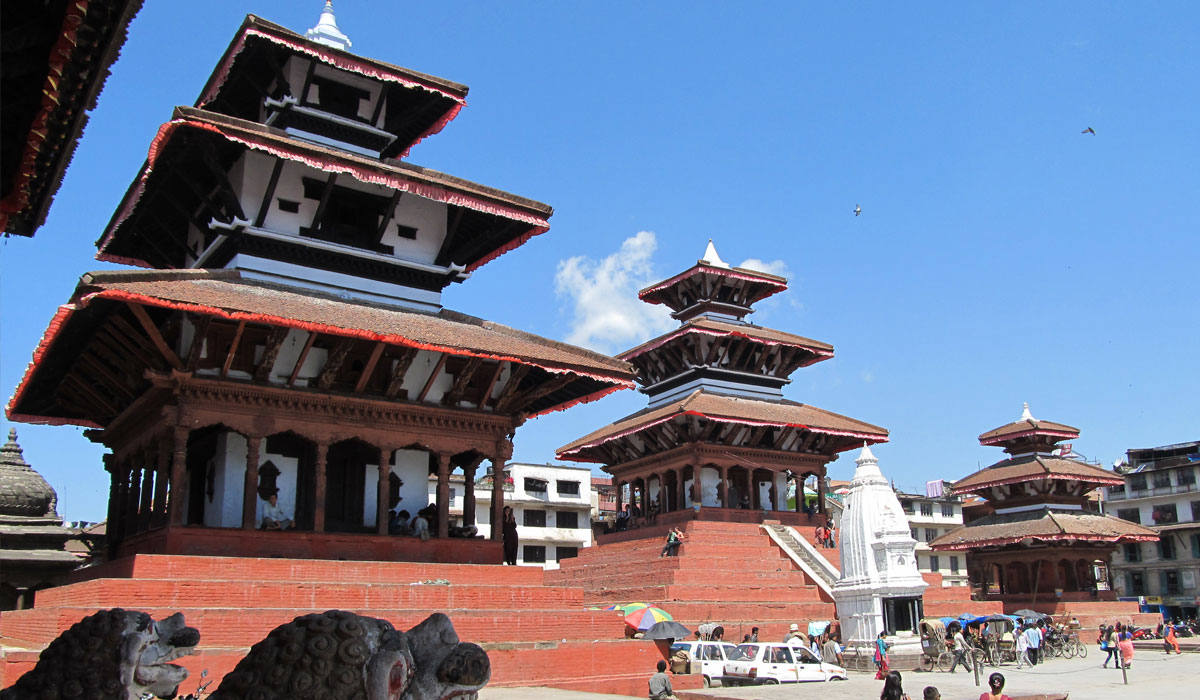
There are three preserved durbar squares in Kathmandu Valley namely, Kathmandu Durbar Square, Patan Durbar Square, and Bhaktapur Durbar Square. Likewise, a durbar square in Kirtipur remains unpreserved. Around 50 temples were built as additions to the durbar squares during the Malla rule and Rana rule. The external quadrangle of the Kathmandu Durbar Square includes Kasthamandap, Kumari Ghar, and Shiva-Parvati Temple, whereas the internal quadrangle includes the Hanuman Dhoka and the main palace.
Pashupatinath
Pashupatinath is one of the major world heritage sites in Kathmandu. Several pilgrims come to the temple every day from all around the world as a devotee of Lord Shiva. The temple also has a crematorium on the banks of the Bagmati River. Several priests come from South India to perform rites in the temples. These priests have been called over since the times of the Malla kings. The design of the temples here is inspired by the pagoda style of architecture.
Swoyambhunath and Boudhanath

Swoyambhunath temple is one of the world heritage sites that attracts not just Hindu followers but also Buddhist followers from all around the world. There are lots of tourists in the temple as it is one of the most marvelous creations in the country. The origin of Swoyambhunath goes back to the 5th century and has been said to have been founded by the great-grandfather of King Mānadeva (464–505 AD), King Vrsadeva. The temple is inspired by the stupa style of architecture.
Likewise, Boudhanath is the largest spherical stupa in Nepal. It is famous among Buddhist and Hindu devotees in Kathmandu valley. It has also become the most popular tourist spot in the city.
Changu Narayan
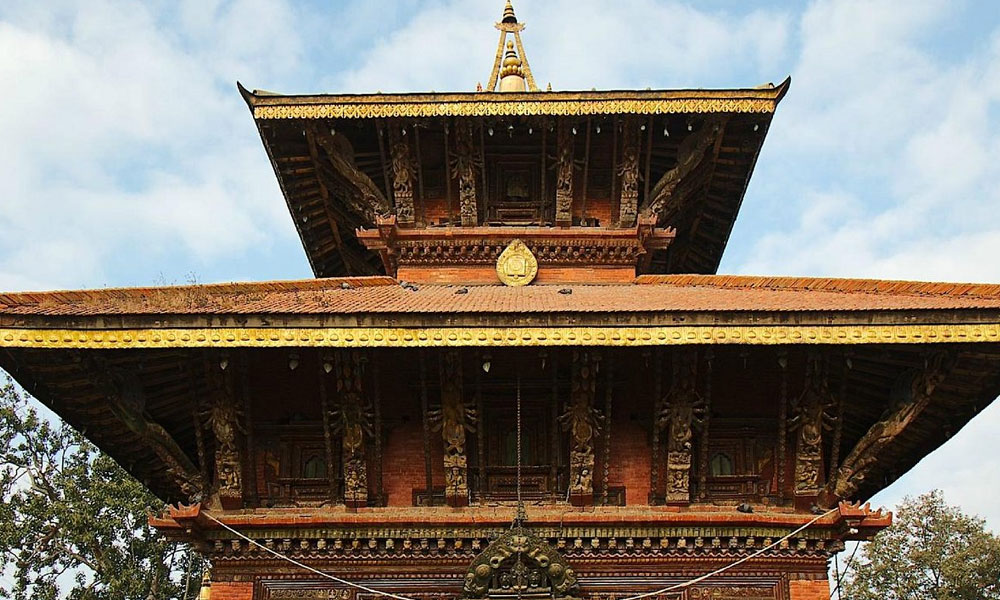
The exquisite temple of Changu Narayan is possibly the oldest temple in Nepal, and it is an architectural gem. The stones in the temple have some of the oldest inscriptions in the history of Nepal. Likewise, the temple has been in its location since the 4th century. This temple is dedicated to Lord Vishnu, and there are carvings on the roof of the temple showing tantric rituals. Non-Hindus are not allowed in the temple.
Dharahara
Dharahara is another architectural phenomenon in the capital city of Nepal. The tower has been destroyed several times over due to the frequent earthquakes in Nepal. The oldest Dharahara has been said to have been built by Bhimsen Thapa. The original tower stood strong for only a century. The Dharahara that you see in the present time is one made after the earthquake of 2015.
Narayanhiti Royal Palace
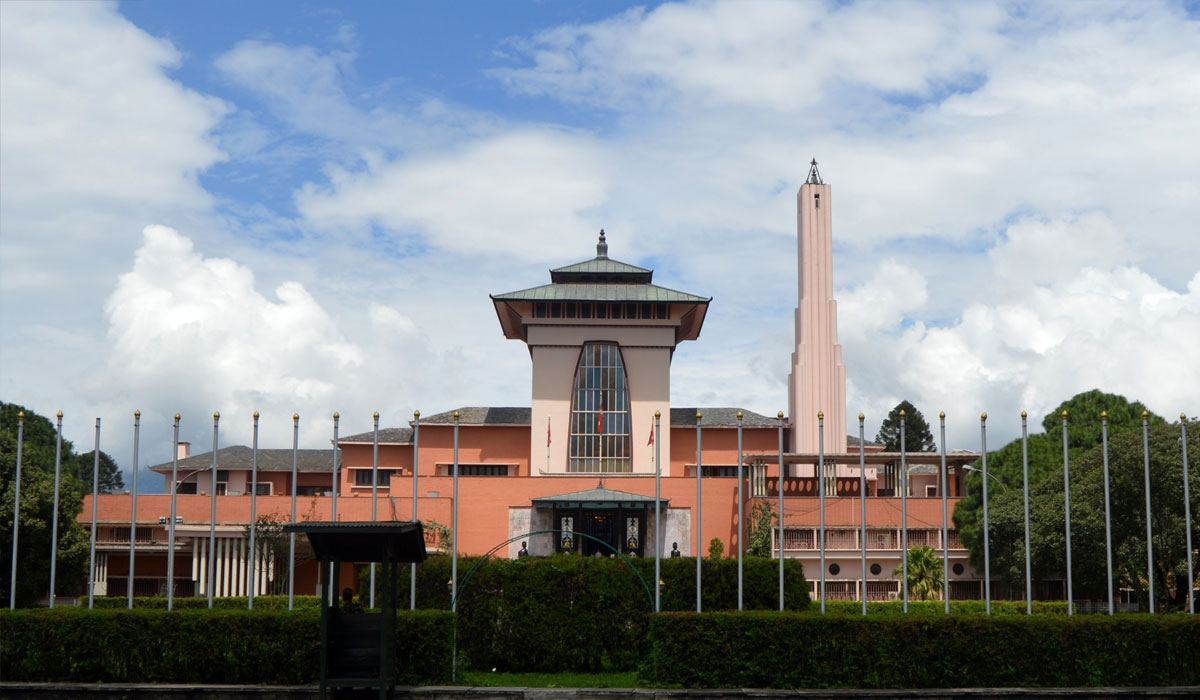
Narayanhiti Royal Palace is located in front of the old palace. The palace is a new one built on the occasion of the marriage of King Birendra Bir Bikram Shah. The palace now serves as a public museum. The walls of this palace hold the story of the most tragic and mysterious incident in the history of Nepal, otherwise known as “Durbar Hatyakanda” or the royal massacre.
Hotels
There aren’t many architectural buildings like the ones that used to be in ancient times. However, several hotels have been established in Kathmandu, which pretty much shows the architectural work of the modern craftsmen and architects in the city. Some of the best hotels where you can see work done well would be Hotel Shanker, Soaltee Hotel, Hyatt Hotel, Hotel Yak and Yeti, and Radisson Hotel. There are several other hotels that aren’t as expensive to stay in, unlike the aforementioned ones, that pretty much show the modern works of the architects in Nepal, like Hotel Vaishali, Hotel Narayani, The Blue Star, Hotel Sherpa, Grand Hotel, The Malla Hotel, Shangri-La Hotel, Woodlands Dynasty Plaza, Royal Singi Hotel, Hotel Woodlands, The Garden Hotel, Hotel Ambassador and Aloha Inn.
Kathmandu Festivals, Culture, and Tradition
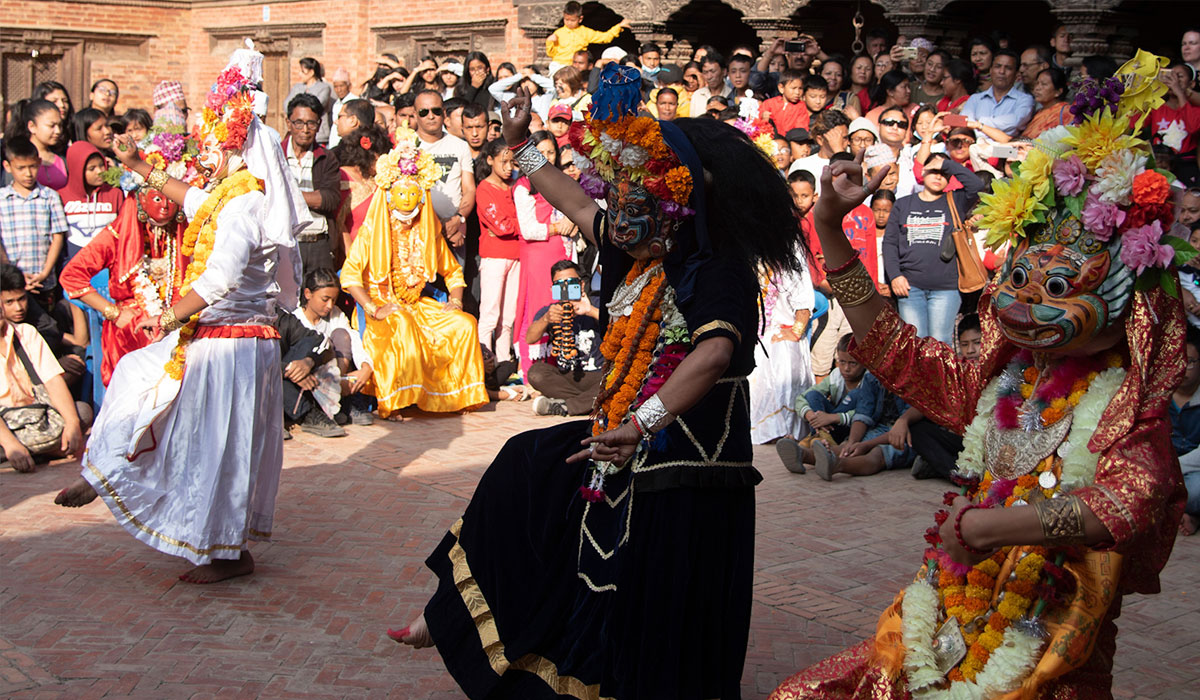
Kathmandu is rich in festivals, culture, and tradition. There are just so many festivals that are celebrated in Kathmandu apart from just Dashain, Tihar, etc., namely, Ghode (horse) Jatra, Indra-Jatra, Shivratri, etc. The festivals that people do not normally celebrate in most other parts of the country have been celebrated for several centuries in the capital city. Ajima, Taleju (or Tulja Bhavani), Degutaleju, and Kumari (the living goddess) are some of the deities that have been cherished in the city since the most ancient of times. Likewise, some of the other festivals celebrated in Kathmandu are, Swanti, Chhath, Maghe Sankranti, Naga Panchami, Janai Poornima, Pancha Dan, Teej/Rishi Panchami, Ghanta Karna, Buddha Jayanti, Sri Panchami, Maha Shivaratri, Phagu Poornima, Pahan Charhe, Chaite Dashain, Nava Varsha, Jana Baha Dyah Jatra and Matatirtha Aunsi.
Similarly, Kathmandu does not, in any way, lack artistic expression either. There are many stone arts, metal arts, wood arts, terra cotta, paintings, museums, art galleries, literature, theatrical dramas, and music that justify the artistic expertise that has forever been present in Kathmandu.
Kathmandu Hippie Era
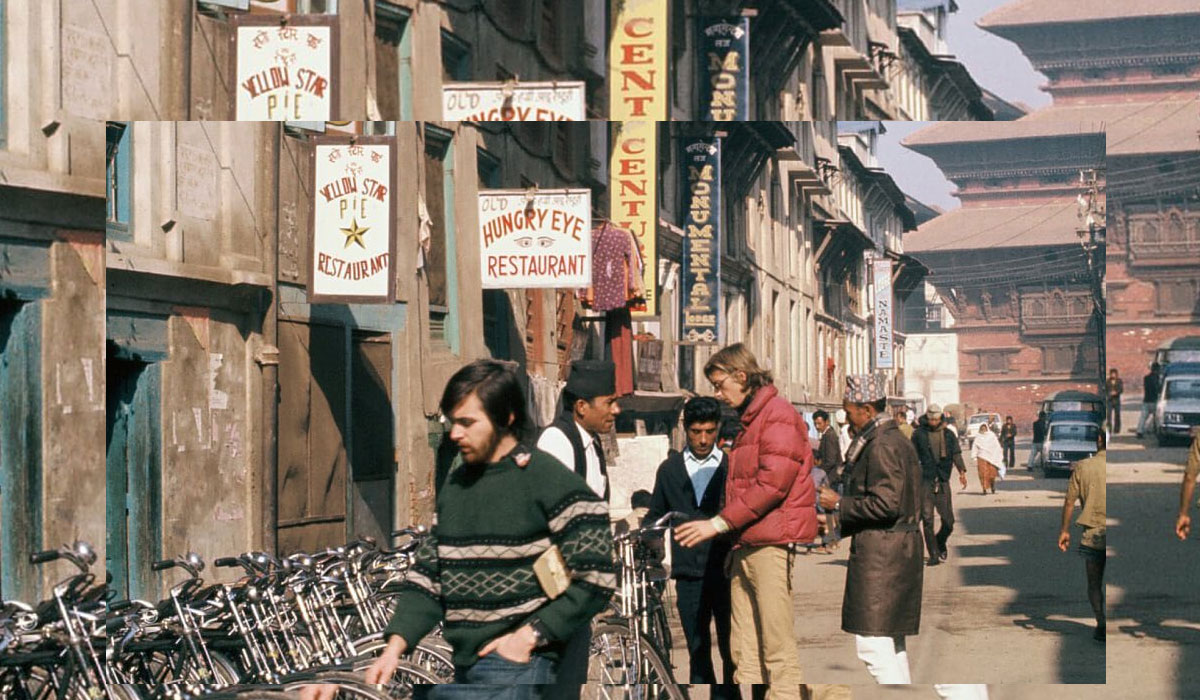
Along with the cultural and traditional richness, the Nepalese Capital city was once a hub for hippies who came to Nepal from the western part of the world. These hippies referred to the present-day Jhochhen or Freak Street as a paradise for marijuana, also known as Old Freak Street. The streets or the trails of Kathmandu were no less than a safe haven for the Westerners who were looking to find a place where they could not only access marijuana but also enjoy them without any disturbances. Jhochhen had several hashish shops that ran under the supervision of the government. This was one of the main reasons why the seventies in Nepal was the time that saw a lot of foreigners, especially in the area that had already been named Freak Street.
Searching for legal cannabis in any other part of the world except Nepal was literally an impossible chore for these hippies. And Freak Street was an exception like no other place in the world. More than any other place in the world, hippies would take a direct bus ride from the airport to the hippie trail in Basantapur.
Who were the hippies?
The hippies who came to Kathmandu were the Western youths who were frustrated by the political and social state of their respective countries. Kathmandu’s Basantapur was not only a place for them to intake cannabis without any legal obligations, but it was also a place where they would come closer to religion, art, architecture, and rich culture. After having known about the hippie trail in the late nineteenth century, the hippies only increased in number with time.
What ended hippie culture in Kathmandu?
Hippie culture in Kathmandu did not last for long after the seventies due to the regulations imposed on the hippies by the Government of Nepal. While it was the government itself that had given the freedom for legal consumption and sales of cannabis in Nepal, it was the overuse of the drug, as well as the growing number of hippies in Kathmandu, that called for the ban. Plus, the government of the United States of America was not as happy about the hippie movement in Nepal either.
During the 1970s, there was a hunt for hippies throughout Kathmandu. These hippies were not only stopped from taking marijuana, but they also had to keep in mind the appearance of what they wore and how they conducted themselves in Kathmandu. The hippie movement soon came to a stop after much strictness. A number of hippies were deported to India. The efforts to put a stop to the hippie culture in Nepal also led to the ban of hashish or cannabis in Nepal. The shops that were once run under the control and permission of the government were no longer in existence. Cannabis selling and consumption became illegal in no time. Likewise, there was a ban on the production of cannabis in Nepal.
While the government put several efforts into tourists coming to Nepal for tourism and trekking, none were allowed to come as hippies. The culture of hippies died with the strict rules of the Nepali government, and to this day, you would hardly find a hippie in Kathmandu. However, it is impossible for the mark that the hippies left in Freak Street of Basantapur to completely vanish. The modern Basantapur still has marks of the ancient hippie culture of Kathmandu.
While Freak Street is no longer as attractive to the tourists, trekking agencies, hotels, art, and culture, as well as one of the primary tourist attractions in Kathmandu, Thamel, has taken over the charm of what was once a hippie sanctuary.
Kathmandu Climate
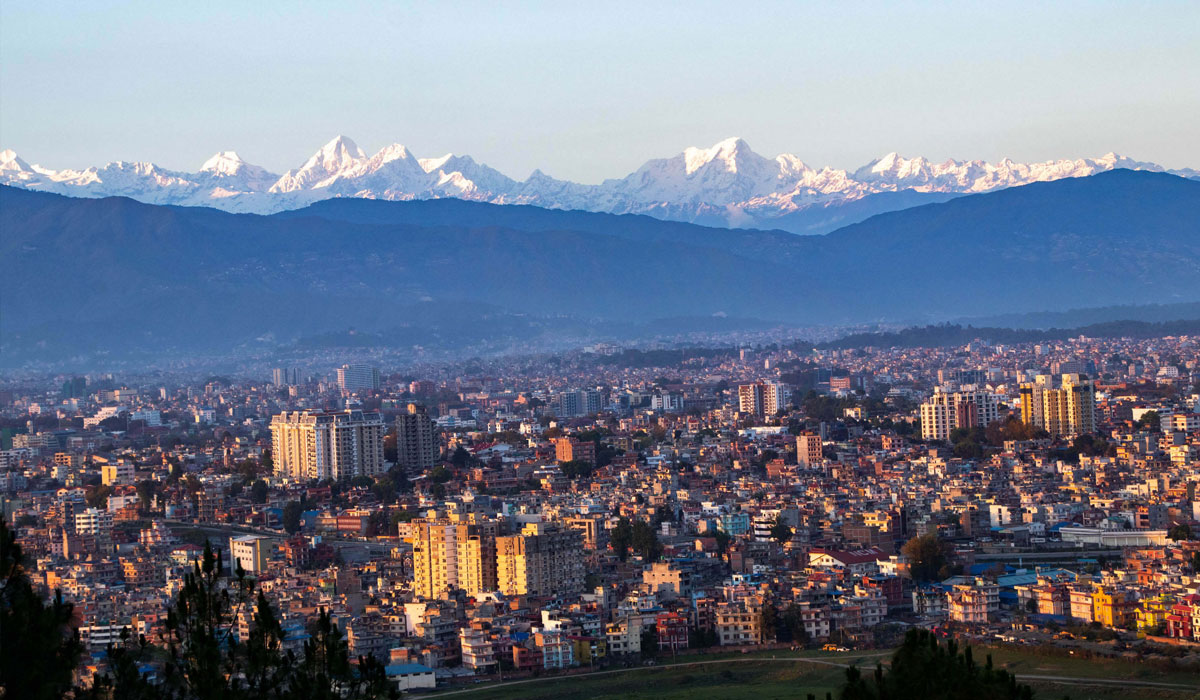
The climate in Kathmandu is moderate, meaning it is neither too hot nor too cold. As Kathmandu is situated in the hilly region of Nepal, it surpasses the heatless climatic condition of the Himalayan region, as well as the lack of coolness in the Terai region. While a lot of people living in either the Terai or Himalayan region have always been facing extreme weather conditions, this has never been the case for the Hilly Region. Kathmandu is in the center of the hilly region, and it gets mild rain throughout the year.
During summer, days are mostly hot, but the heat is bearable. Likewise, winters are fairly cold, but not too cold either. October and November in Kathmandu are very bright and comfortable. And spring is just as pleasant. Hence, it becomes simpler for people coming from any climatic condition to adjust without much trouble in Kathmandu.
Restaurants and Kitchens in Kathmandu
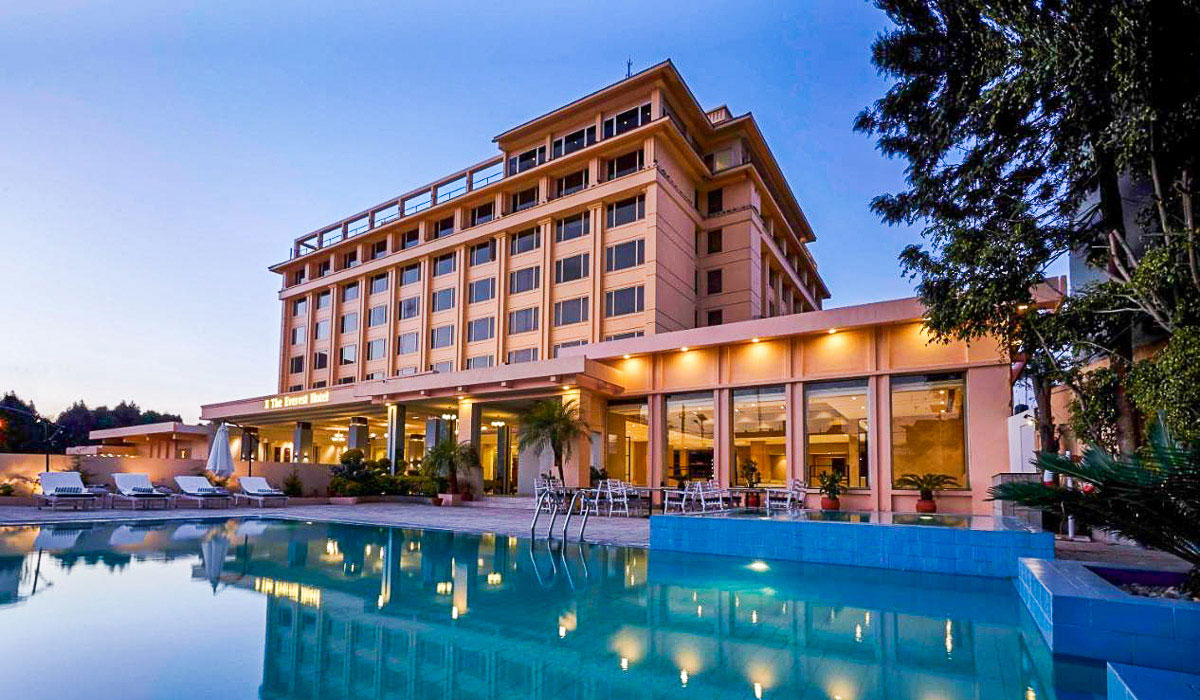
Kathmandu has lots of restaurants and kitchens that serve the best Nepali dishes as well as dishes from cuisines throughout the world. While it becomes almost a challenge to find the perfect cuisine that suits the pallet of people coming from different parts of the world in Kathmandu despite there being international cuisines, it is very easy and convenient to find Nepali and Newari restaurants in just about any corner in Kathmandu. Likewise, having food outside the Nepali cuisine is just as possible. There are plenty of good cafes and restaurants that have been serving customers the best food and drinks for several years. With the rise in the number of tourists and visitors in Kathmandu, the number of restaurants or kitchens in the city is at an all-time high.
Exploring good food in the capital of Nepal will not come off as a challenge at all. Entering literally any restaurant or cafe will be an experience that one possibly won’t regret, given you can eat the most mouthwatering delicacies at equally reasonable prices. Besides typical Nepali and Newari cuisine, one can also easily find Tibetan restaurants that serve food that is famous among the people in Tibet throughout Kathmandu, especially the Bouddha and Swoyambhunath areas.
While traditional foods are everywhere and have not gone extinct in any way in Kathmandu, you will also not find it hard to find a restaurant or an eatery with a touch of Westernization and modernity. Not everything you eat in the city is Nepali. A lot many chefs and cooks working in restaurants around Kathmandu have been trained to master the art of making food from different countries. Similarly, those working at local kitchens in Kathmandu are just as skilled in traditional cooking and have mostly been doing so as a family business for several decades.
Kathmandu in Map
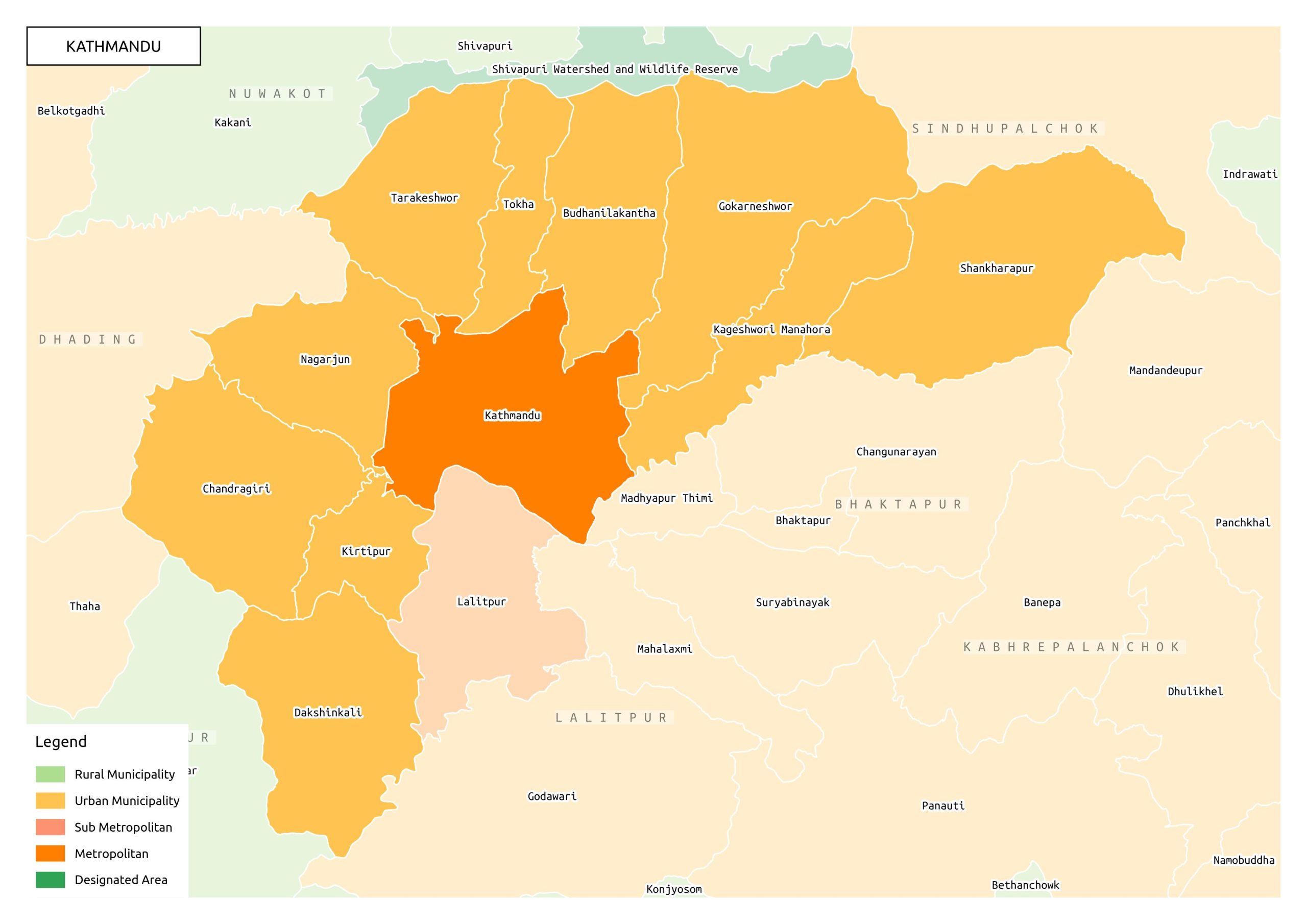
Kathmandu covers a total of 19.9 meters square on the map of Nepal. There are three districts that are inside Kathmandu that you can find on the map itself. Moreover, the city is home to a twelfth of Nepal’s population. While Kathmandu is located as an individual city on the map, you can find Lalitpur and Bhaktapur quite near to the city. Though Kathmandu refers to the valley of Kathmandu as a whole on the map, a lot of people who are already living inside the valley refer to their respective cities individually (i.e., Kathmandu, Bhaktapur, and Lalitpur). Further, Kathmandu is in the central region on the map of Nepal in Bagmati province.
Frequently Asked Questions
What is the best area to stay in Kathmandu?
Thamel and Naya Bazaar are the best areas to stay in Kathmandu.
Can you see Mt Everest from Kathmandu?
It is not possible to see Mt Everest clearly from Kathmandu, except from a few prominent high points in the city.
What is the famous food of Kathmandu?
Momo and Daal Bhaat are the famous food of Kathmandu.
What is the most expensive place in Kathmandu?
Durbar Marg is the most expensive place in Kathmandu.
Is it cheap to live in Kathmandu?
Kathmandu is pretty cheap to live in comfortably.
Also, read;
